AI-Powered Brand Creation | Prompt Engineering | Creative Strategy | Visual Identity | Art Direction | Tone & Voice | Messaging | Product Naming | Custom Font
Building a truly unreal wellness brand
for the moments we don’t post.

Everyone talks about AI like it’s here to replace us. We wanted to see what happens when it works with us.
RedLine started as a question: Can AI help create a brand that feels real, raw, and deeply human, instead of algorithmically polished?
We didn’t want another “Sunday reset energy” and glass-skin wellness aesthetic. We wanted a brand for the messy, unfiltered, we-might-scream-into-a-pillow-today parts of being human. The stress that doesn’t photograph well and definitely doesn’t belong on curated grids. And also, a product that we all secretly wish could make our woes go away. RedLine stemmed from that.

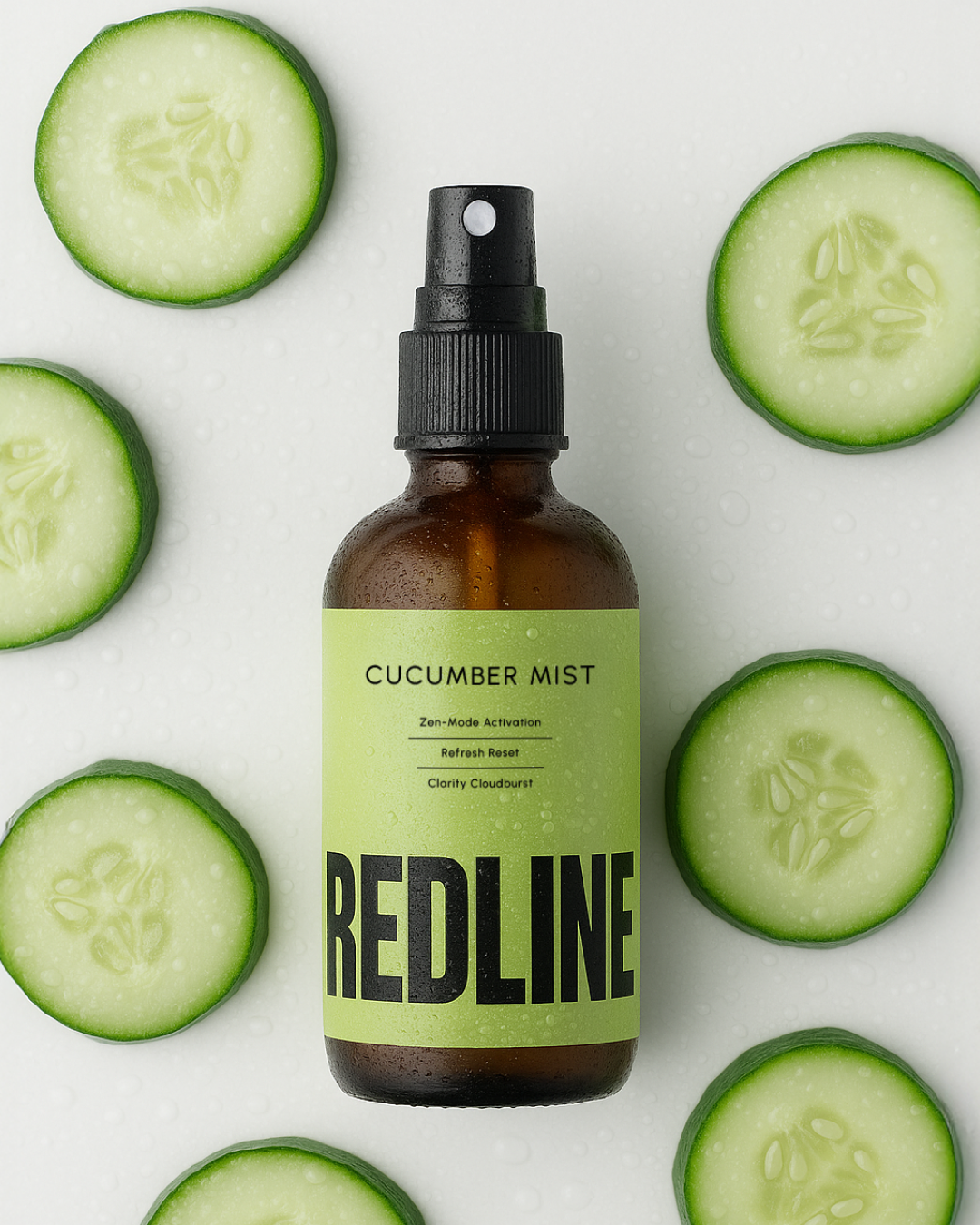
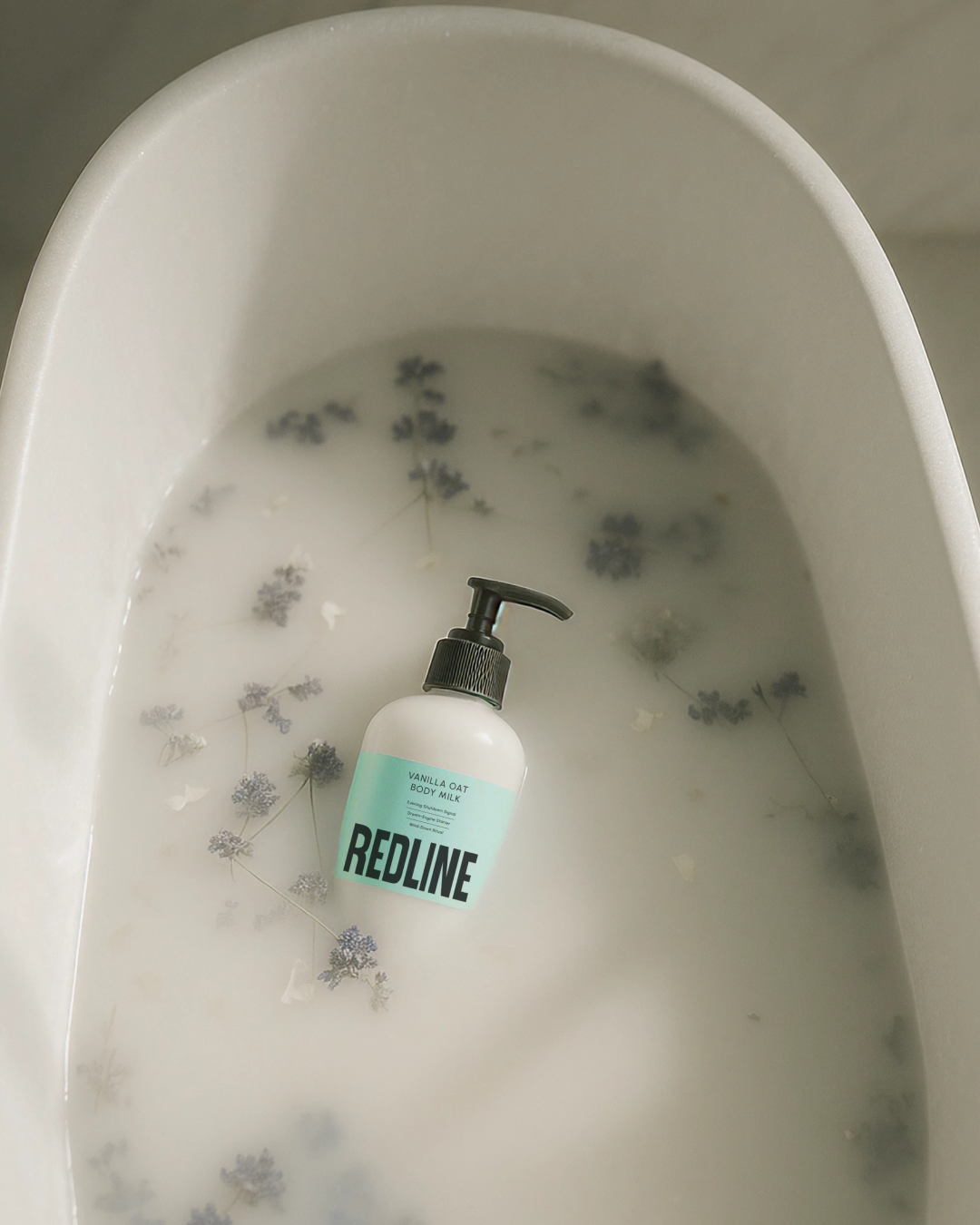
Experimenting our way into a real brand
RedLine wasn’t a brief or a pitch deck. It wasn’t client-funded or designed for social applause.
It began with caffeine, curiosity, and a challenge: Could we push AI beyond mood-board aesthetics and surface-level visuals and make it work inside a real creative process?


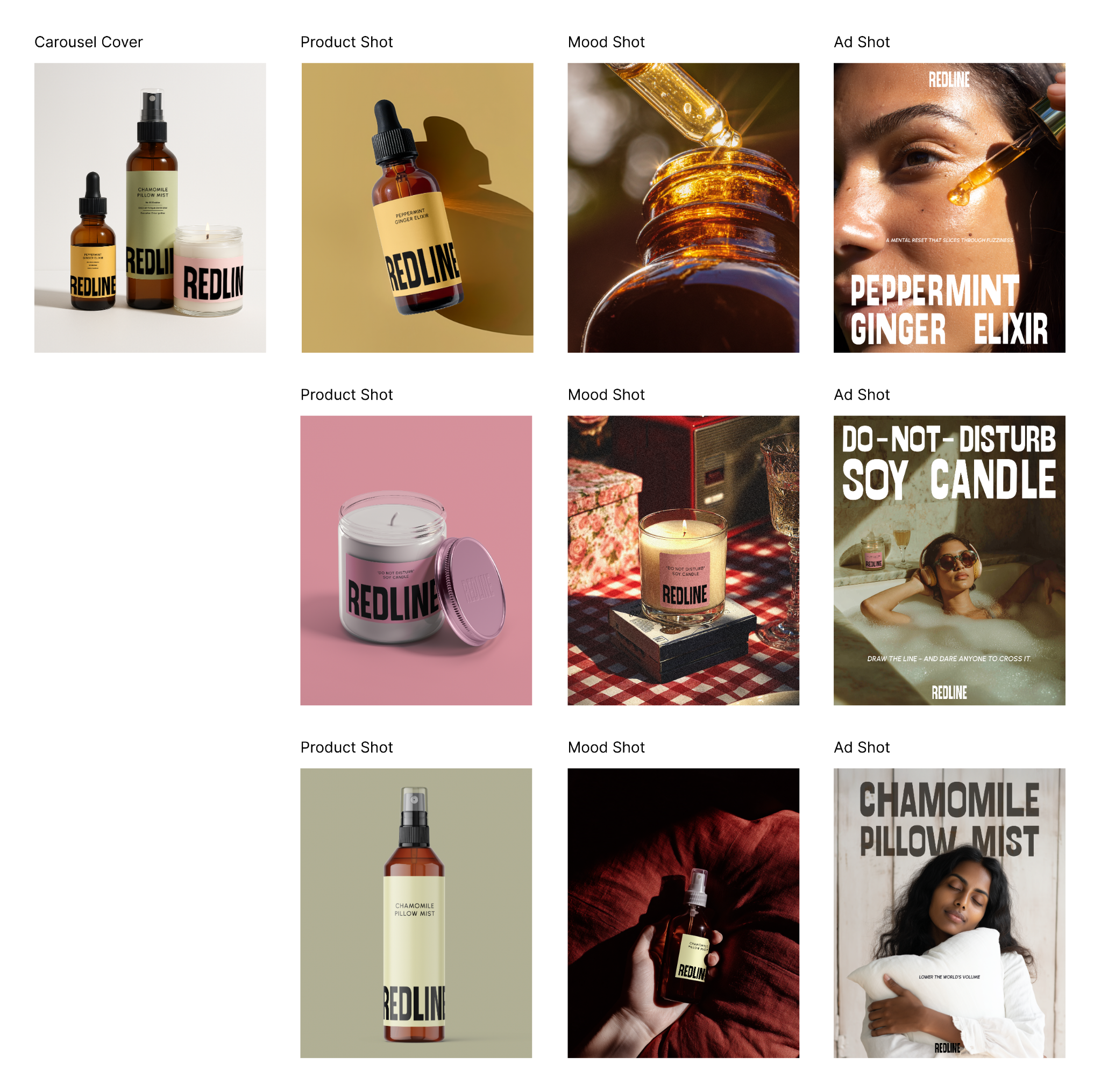
Working Design Files – Organized by Product Category

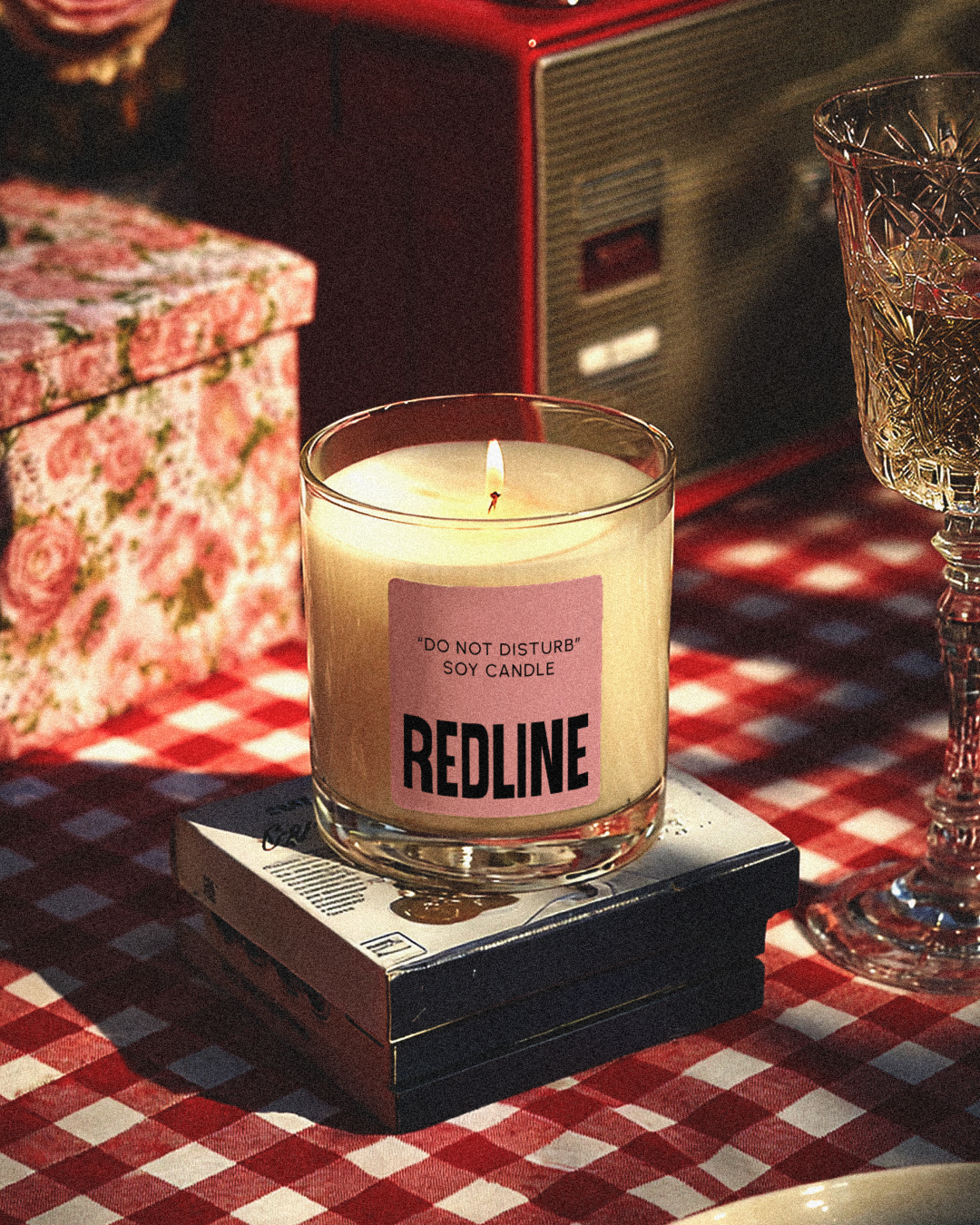
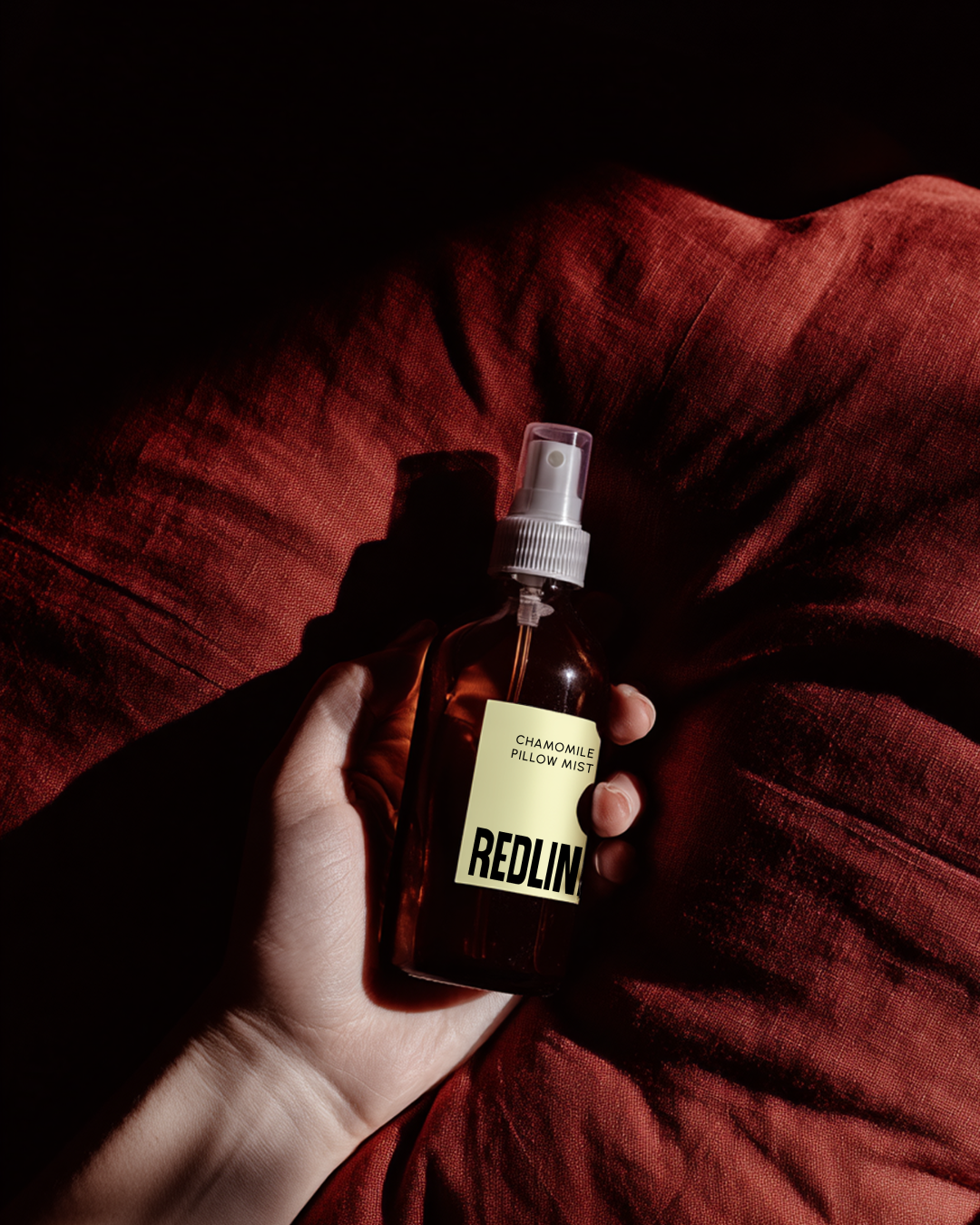
Over a 1.5-month sprint, we shaped the brand’s core narrative and identity. We built the visual system and art direction, crafted a voice that felt like it was born from adrenaline and emotional honesty, and explored packaging, product naming, messaging, and custom font explorations to bring the world of RedLine to life.
Three people led the creation. Ninety percent of the assets began in AI. One hundred percent of the decisions came from human judgment, context, craft, and instinct.
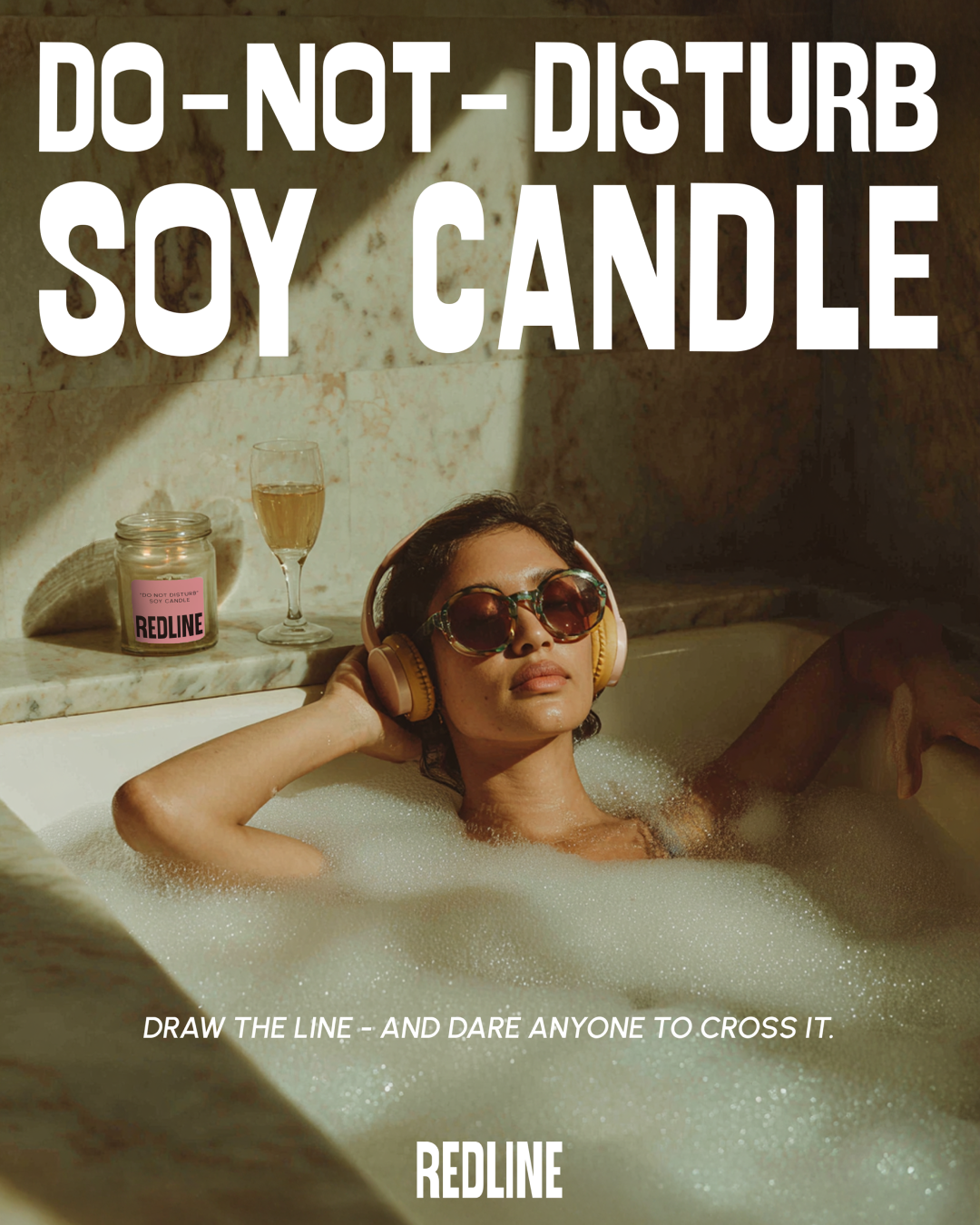

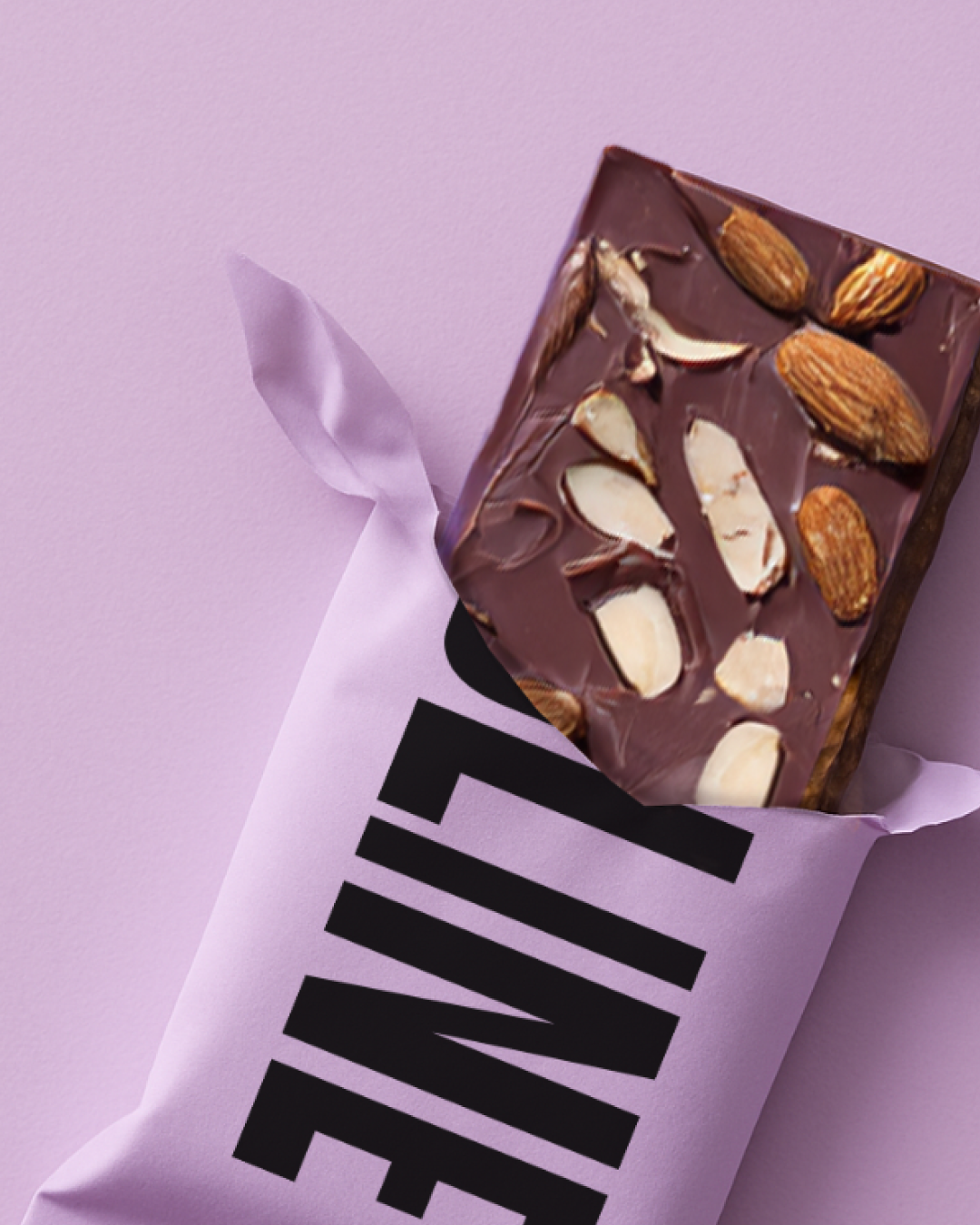


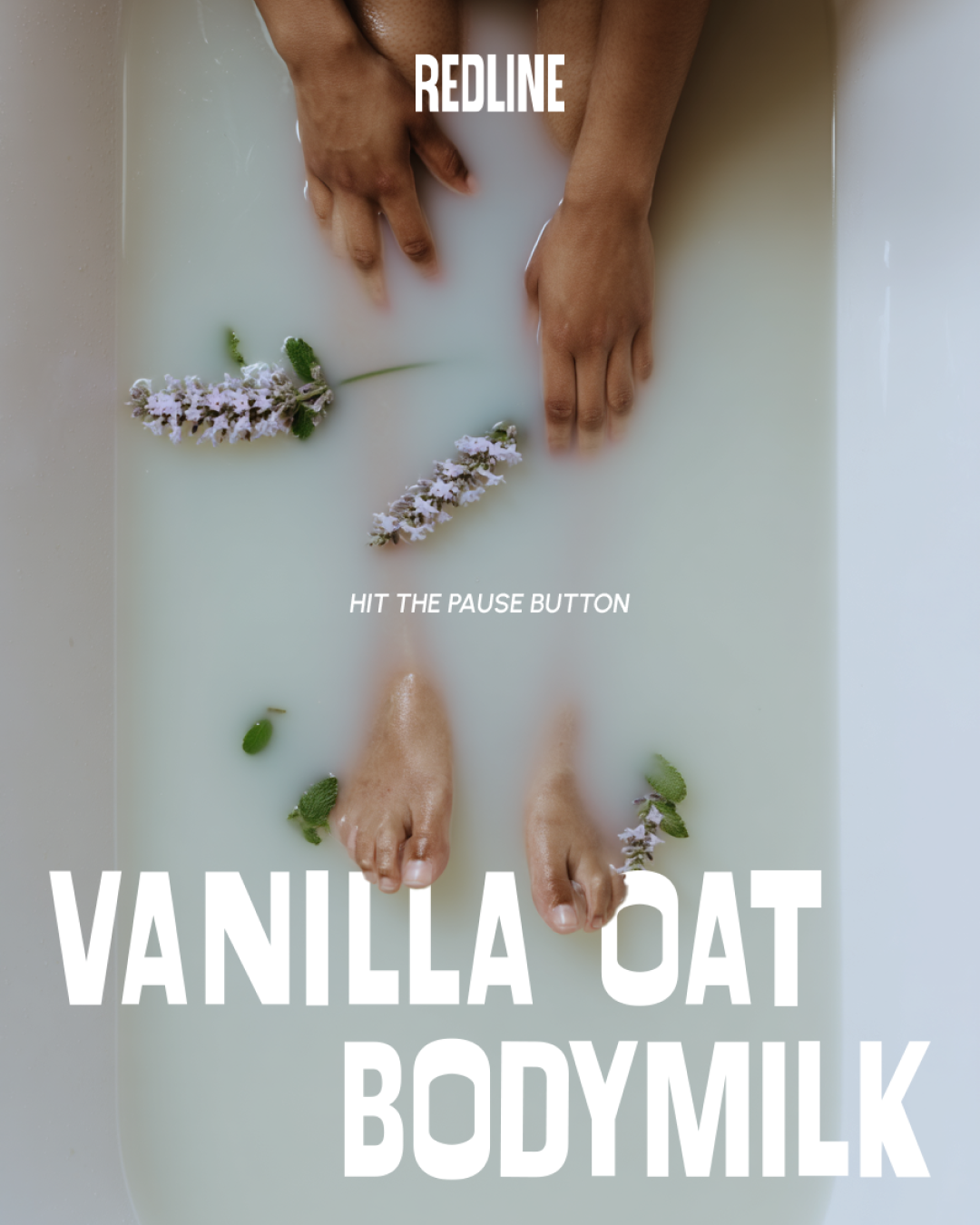



What we learned (and fought through)
AI gave us glitches, colonial defaults for South Asian imagery, and more weird hands than we care to admit. There were moments where we practically wrote poetry just to get lighting right. Textures demanded patience. Emotion demanded lived experience.
Behind every AI-generated asset was hours of editing, retouching, prompting, discarding, and rebuilding.
But it also gave us speed, elasticity, and a creative playground unlike anything we’ve had before. The work didn’t happen at the click of a button. It happened in the space between what AI could produce and what we knew it needed to feel like.

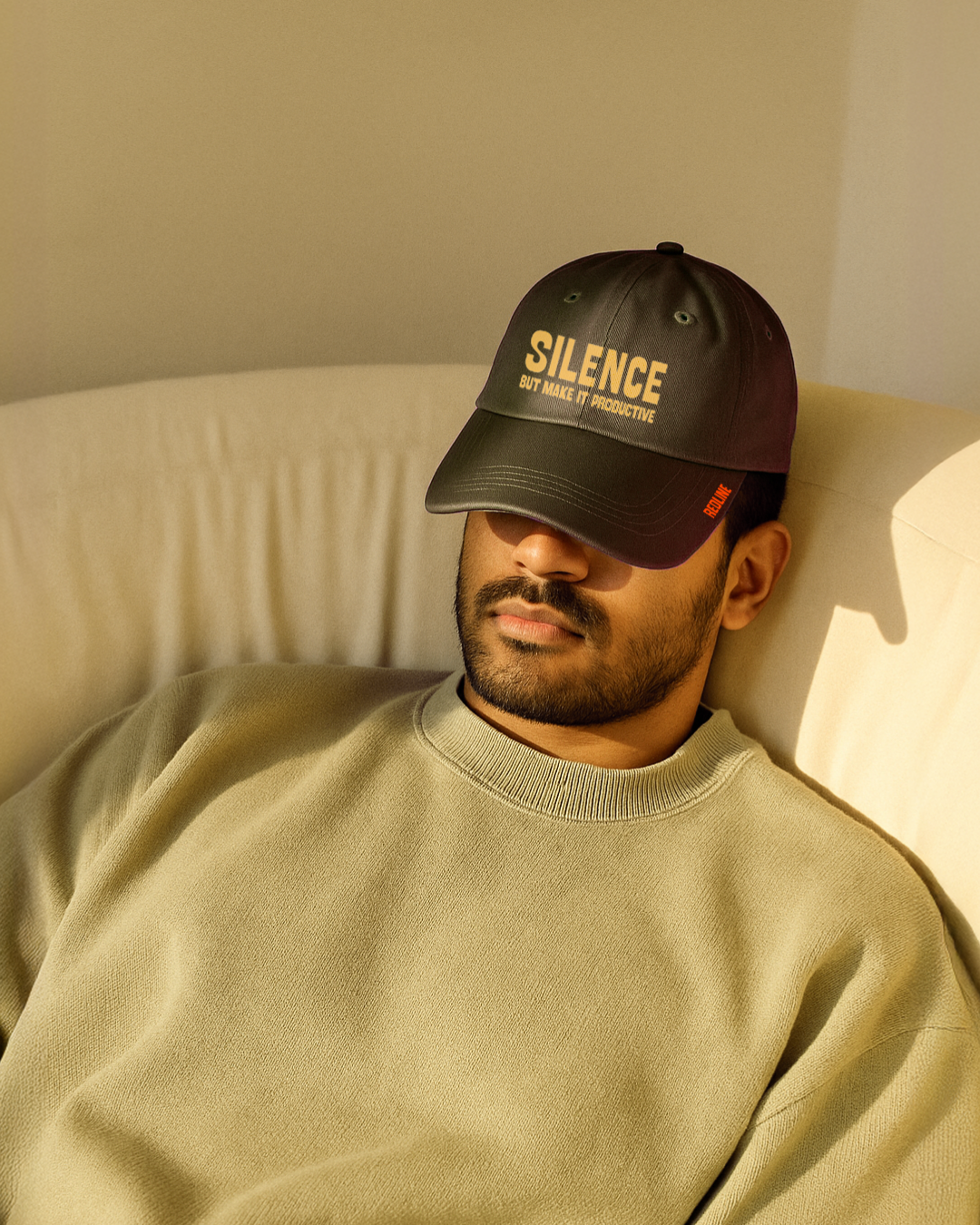
The outcome
The result was a fully formed brand we’d proudly put on a shelf or screen. A tone that speaks human, not machine. Visuals with intention and emotional truth. A world rooted in chaos, honesty, and cultural nuance.
RedLine might not exist in the market, but everything about it is real. Built through a heavy doze of critical thinking, iteration, instinct, and the kind of obsessive creative direction no model can replicate.
AI didn’t replace us. It amplified us.

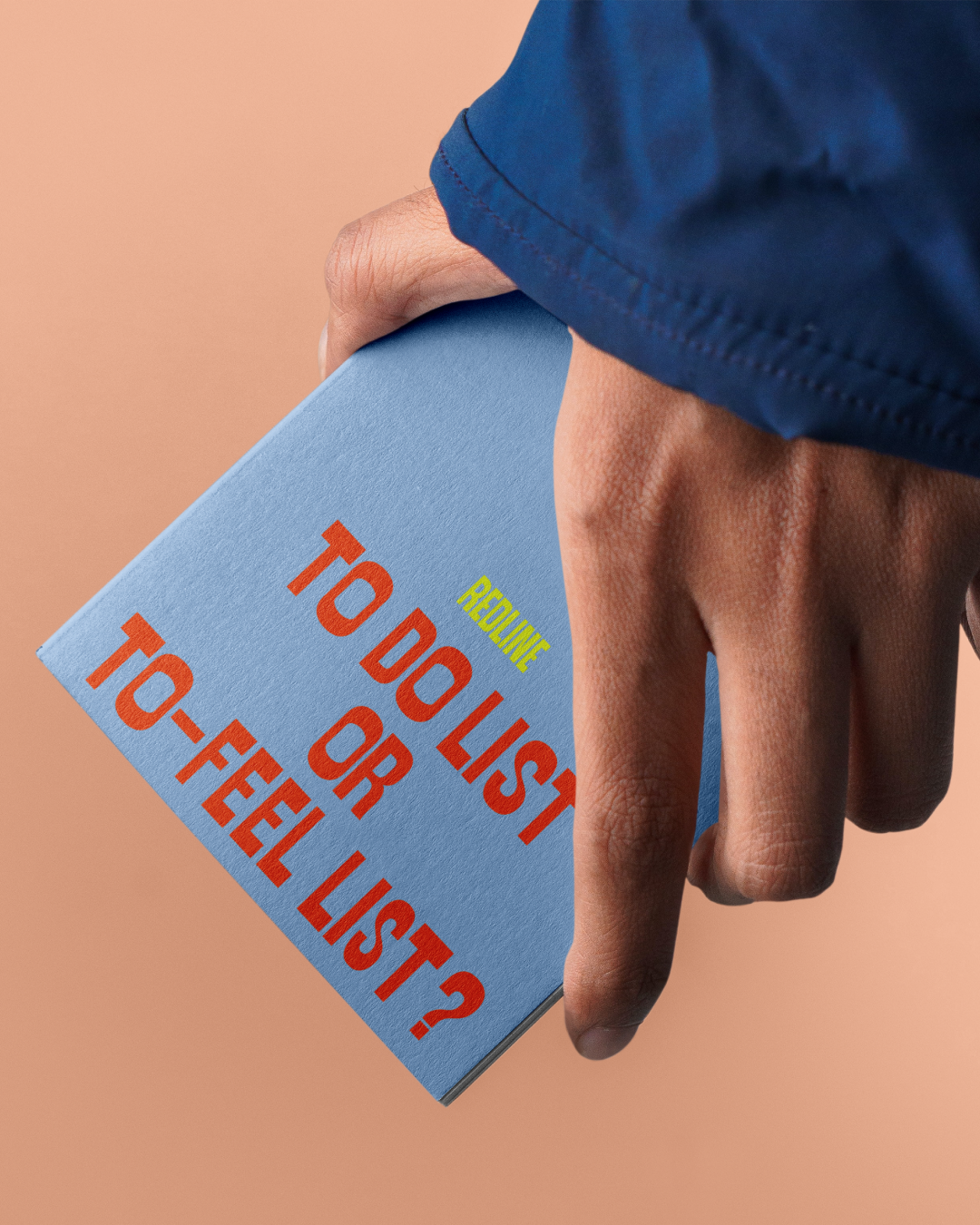
Why this mattered
This wasn’t an AI stunt or a look-what-the-model-did moment. It was proof that AI can accelerate creativity without flattening it, that craft still matters deeply, and that strategy and taste are the difference between another generated brand and something meaningful.
AI is powerful, but only in the hands of people who know how to push it beyond generic. RedLine shows what human-guided AI for brands could look like: fast, expressive, strategic, and deeply real.
We built this brand from spark to execution in 1.5 months—not because AI did the work for us, but because we directed it like a creative teammate and held it to a human standard.

